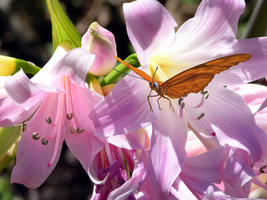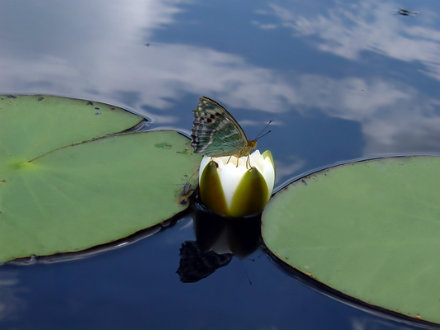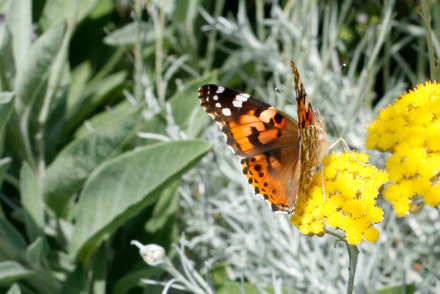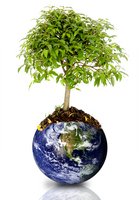Committed Butterfly-Lovers
Adore These Magical Creatures
Butterfly-lovers don't see it as a chore learning how to attract butterflies into their space. It's rather a labor of love to bring beauty and a spectacular presence into their ecofriendly retreat.
These delicate little creatures have to be one of the most beautiful and spectacular additions to the world of insects. So visually appealing, and they do have a kind of magical presence to them that we can’t seem to look away. That’s the way I feel about them.
What they need to survive though involves just the right spot for breeding, plant material that caterpillars can feed on, and food sources for the adults to keep them going as well.
Shelter is very important. An area that is sunny and open but somewhat secluded from strong winds will not only provide protection, but won’t be so intrusive either.
If you have a pond, a stream, a water source of some kind you will notice that butterflies, like birds, like to hang around these areas in abundance. Something there definitely attracts them.
Is your area structured and somewhat manicured? You can choose to confine a certain spot with the necessities for the butterflies. In general, all you need is a dampish area and proper food sources to attract.
If your space is very eco-friendly and perhaps rough around the edges too, some certain types of plants that we consider weeds are often preferred and like heaven to a butterfly. Some butterfly-lovers are all too happy to leave the weeds as is!
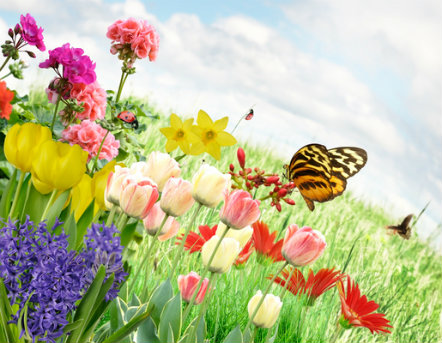
Butterfly Host Plants
Milkweeds are a favorite of the Monarch butterflies to lay eggs.
(The monarchs are the black and orange beauties and most common in Canada and the States). These butterfly host plants need to be just right, or the caterpillars will starve. They sure don’t travel fast, so they need an immediate food source. Monarchs love milkweed, coneflowers and black-eyed Susans.
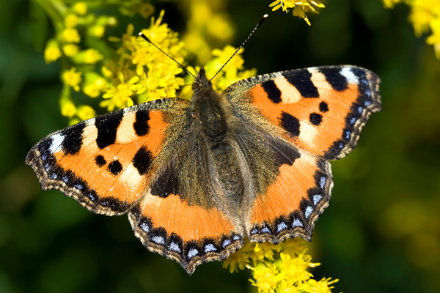
Don’t be surprised that these plants are going to have holes in them, that’s why they are there, as a food source. If you don’t want to look at garden plants full of holes, this is why you might choose to have your garden in an area further away and confined to one spot. This is a true test for the butterfly-lovers, what is more important?
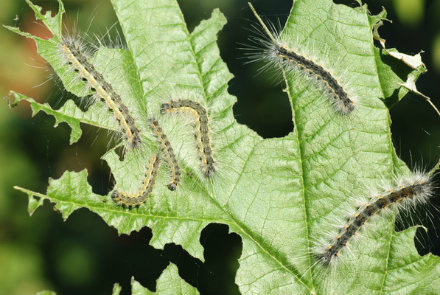
Butterflies are known to enjoy being around dandelion and thistle. Parsley and dill are preferred for feeding by black swallowtails. The swallowtails are those gorgeous black and yellow butterflies.
You must have a few types of plants that can provide food for the caterpillar.
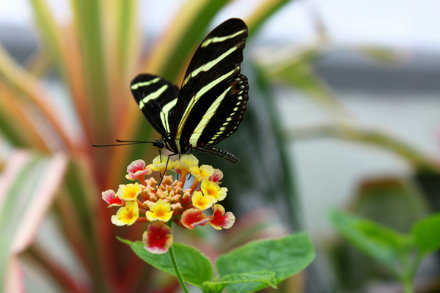
The adults visit a variety of flowers that can provide them with nectar. These types of flowers are usually very bright in color and have a sweet smell to them.
It’s good to have the nectar sources close-by to the butterfly host plants. This will help to keep the butterfly population within your immediate area and view.
A variety of adult butterflies eat nectars from various flowers and honeydew that comes from aphids.
These nectar producing flowers are usually brightly colored and sweetly scented. With this in mind, a great butterfly garden will house flower types that will bloom in a timely manner in order to always have the butterflies visiting you for longer periods of time. We see butterflies more often from mid-summer to the end of the season as flowers are in full bloom.
If you plant a lot of perennials that’s good, but don’t forget the annuals too. The annuals produce a continuous bloom so they will attract very well.
When planting, be sure to keep the tallest plants in the back, shorter plants in the front. Not only does this give you a good view of the smaller plants, but the tall plants provide shelter from wind.
There are so many butterfly-gardens out there globally created for the public to enjoy, so why not create one just for yourself?
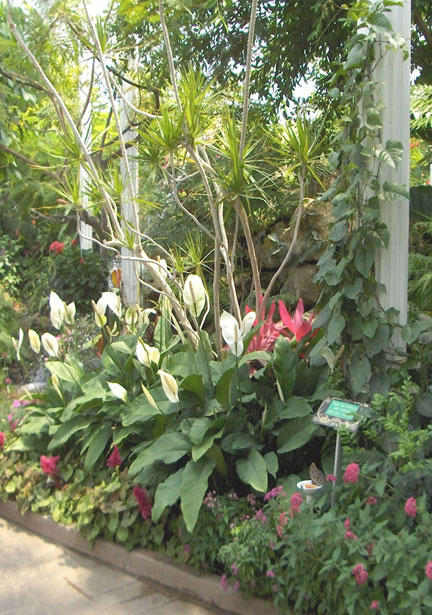
A variety of trees, bushes and shrubs will work to shield your garden from the winds. Because some of them are sweet smelling and produce nectar, they will attract the butterflies too.
Some examples are buttonbush, butterfly bush, buddleia, blueberry bushes, and a variety of fruit trees.
There is quite a list of flowers that are wonderful for attracting butterflies to your butterfly garden, and they include cosmos, asters, lilacs, verbena, butterfly bush, sweet pea, zinnias, sunflowers, marigolds and bee balm. Butterfly-lovers will pay particular attention to including these plants when selecting what to plant.
You can always throw out a handful of seed for wildflowers
to grow and attract the butterflies.
Thistle and milkweed attract well and so do asters, coneflowers, and
spearmint. Butterflies are quite attracted to golden-rod, but most people don’t
want that in their backyard - except the butterfly-lovers of course!
Some species of butterfly are attracted to vegetable and herb gardens. We’ve already mentioned some of the herbs, but you may see some butterflies attracted to cabbage and broccoli.
This is a good reason to reconsider any use of pesticides, as the caterpillars can die from ingesting them. Adults can suffer too just by physically coming into contact, or by ingesting nectars full of insecticides.
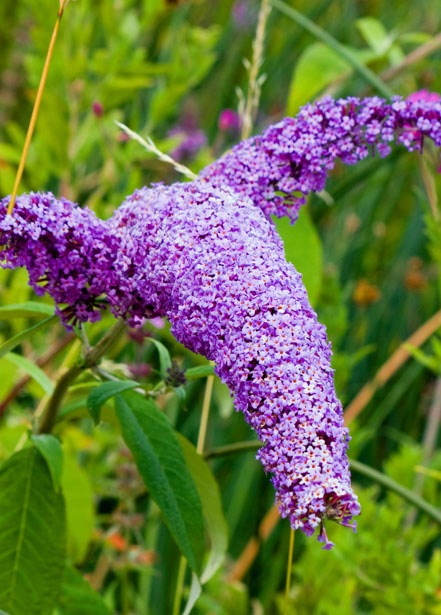
Homemade Butterfly Feeders
Most of us have made nectar for hummingbird feeders. You can do the same for butterflies.
Using small jars (baby food jars are great), fill with cotton tightly, and drill a hole into the lid of the jar. Before you screw on the lid, fill the jar with a sugar and water mixture (9 parts water, and one part sugar) that the butterflies will love. They can suck out this wonderful nectar from the cotton.
You can decorate these little jars with brightly colored fabric or pieces of felt, whatever you like. Just hang them up once ready and hopefully, watch the butterflies arrive.
Provide what the butterflies need to stick around, and they’ll be your backyard little friends for life. How to attract butterflies isn’t hard and the butterfly-lovers don’t see it as work, it’s a small labor of love that ensures their return year after year and enhances their own eco-friendly retreat.
Add some magic to your backyard retreat by introducing the butterflies.
Leave Butterfly-Lovers, Return to Planting a Garden
Return To Carbon Footprint Defined Homepage








